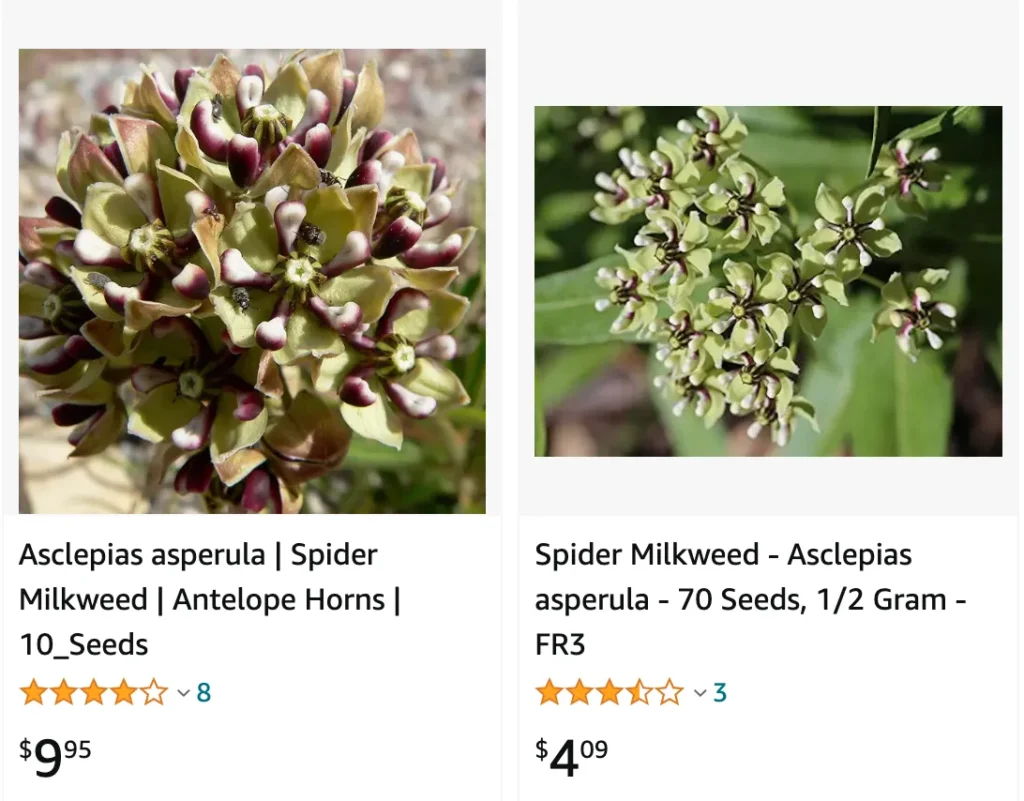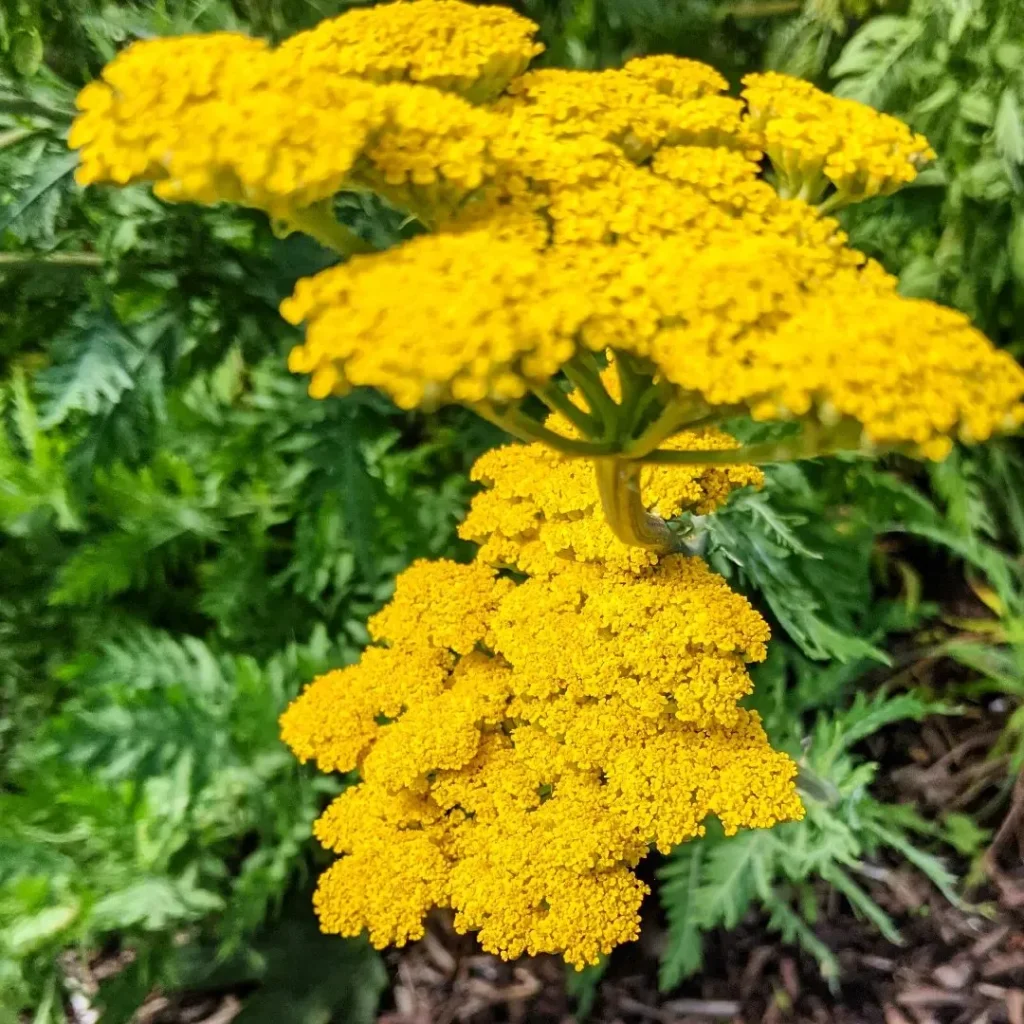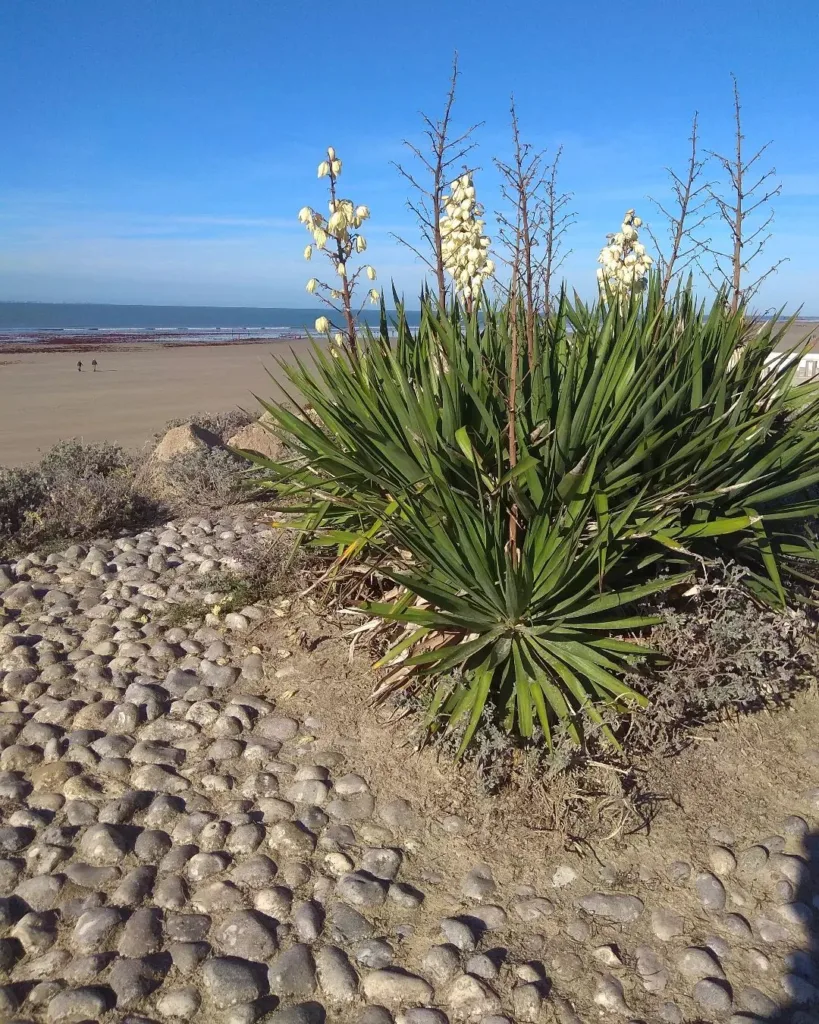
Asclepias Asperula: A Butterfly Gardener’s Delight
As a butterfly enthusiast, I’m always on the lookout for plants that attract these beautiful winged creatures. One that consistently impresses me is Asclepias asperula, commonly known as Antelope Horn Milkweed.
This perennial native to the Southwestern United States and northern Mexico boasts not just stunning visuals but also plays a vital role in the Monarch butterfly’s life cycle. Let’s delve deeper into this fascinating plant and answer some frequently asked questions.
209 Species in Genus Asclepias
What Does Asclepias Asperula Look Like?
Imagine a plant reaching 1-3 feet tall, with a bushy, upright, or sprawling growth habit. The slender stems are covered in tiny hairs, and the long, narrow leaves (4-8 inches) are a vibrant green, often folded lengthwise.
The real showstopper, however, are the flowers. From April to June, clusters of greenish-yellow blooms with maroon highlights emerge, resembling miniature lanterns. These clusters, technically called umbellate cymes, erupt from the top of the stems, adding a touch of whimsy to your garden.
But the beauty goes beyond aesthetics. The flowers are a magnet for pollinators, attracting bees, butterflies, hummingbirds, and more.
Is Asclepias Asperula Easy to Grow?
Absolutely! This low-maintenance perennial thrives in full sun and well-drained soil, making it ideal for hot, dry climates. Once established, it requires minimal watering and is generally pest and disease resistant.
Here are some key points to remember:
- Sun: Full sun is best.
- Soil: Well-drained soil is crucial.
- Watering: Water deeply when establishing the plant, but let the soil dry slightly between waterings once mature.
- Fertilizer: Avoid fertilizing, as this can encourage excess foliage growth and reduce flowering.
With minimal effort, you can create a haven for butterflies and enjoy the vibrant blooms of Asclepias asperula throughout the spring and early summer.
How Does Asclepias Asperula Benefit Butterflies?
This is where things get truly fascinating. Asclepias asperula, like other milkweed species, is the sole food source for Monarch butterfly caterpillars. The leaves contain a specific toxin called cardenolide, which is poisonous to most predators but not to Monarchs.
By ingesting these leaves, the caterpillars develop a defense mechanism, making them unpalatable to birds and other insects. This remarkable adaptation allows Monarch populations to flourish.
So, by planting Asclepias asperula, you’re not just adding beauty to your garden; you’re contributing to the conservation of these iconic butterflies.
What are Some Common Milkweed Varieties?
Several milkweed varieties share similar characteristics and benefits for butterflies. Here’s a quick comparison of Asclepias asperula with two popular choices:
- Swamp Milkweed (Asclepias incarnata): This taller species (up to 5 feet) thrives in moist areas and features large, showy pink flowers. However, it requires more moisture than Asclepias asperula.
- Common Milkweed (Asclepias syriaca): This widely adaptable milkweed grows even taller (up to 6 feet) and produces clusters of pink or purple flowers. It tolerates a wider range of soil conditions but can be more susceptible to aphids.
Ultimately, the best milkweed for your garden depends on your specific climate, soil type, and moisture availability. Asclepias asperula remains an excellent choice for hot, dry regions and butterfly enthusiasts seeking a low-maintenance option.
Is Asclepias Asperula Toxic to Humans and Pets?
While Asclepias asperula is a vital resource for Monarch butterflies, it’s important to note that, like many milkweed species, it contains toxins that can be harmful if ingested by humans or pets.
The milky sap can cause skin irritation in some individuals, and ingesting any part of the plant can lead to gastrointestinal distress.
Here are some safety precautions to keep in mind:
- Wear gloves when handling the plant.
- Educate children and pets to avoid contact with the plant.
- Seek medical attention if accidental ingestion occurs.
By taking these simple steps, you can enjoy the beauty and ecological benefits of Asclepias asperula while ensuring the safety of your loved ones.
With its captivating looks, ease of care, and vital role in butterfly conservation, Asclepias asperula is a fantastic addition to any butterfly garden. By planting this remarkable species, you can create a vibrant ecosystem and contribute to the survival of these majestic winged creatures.
If i die, water my plants!



